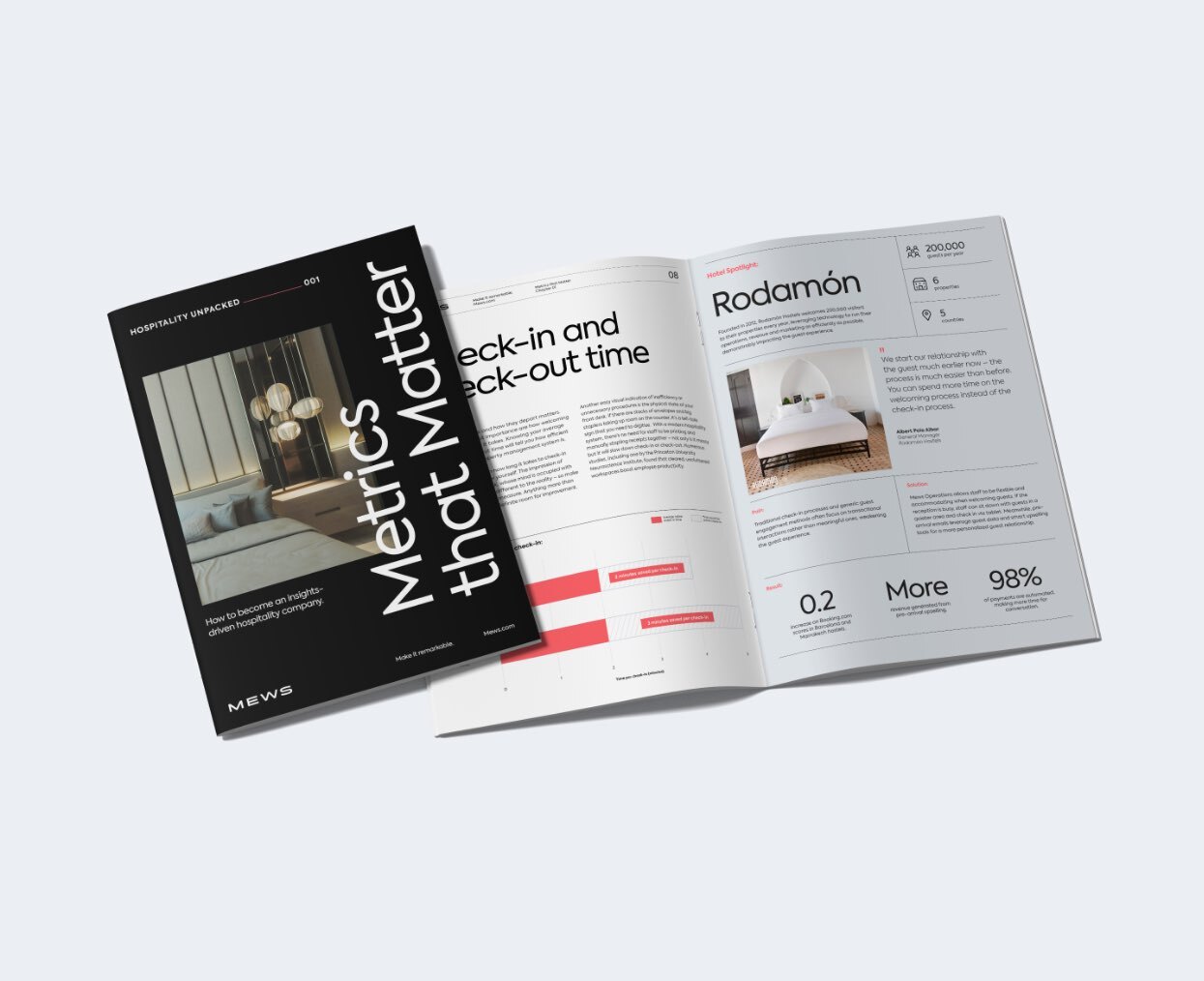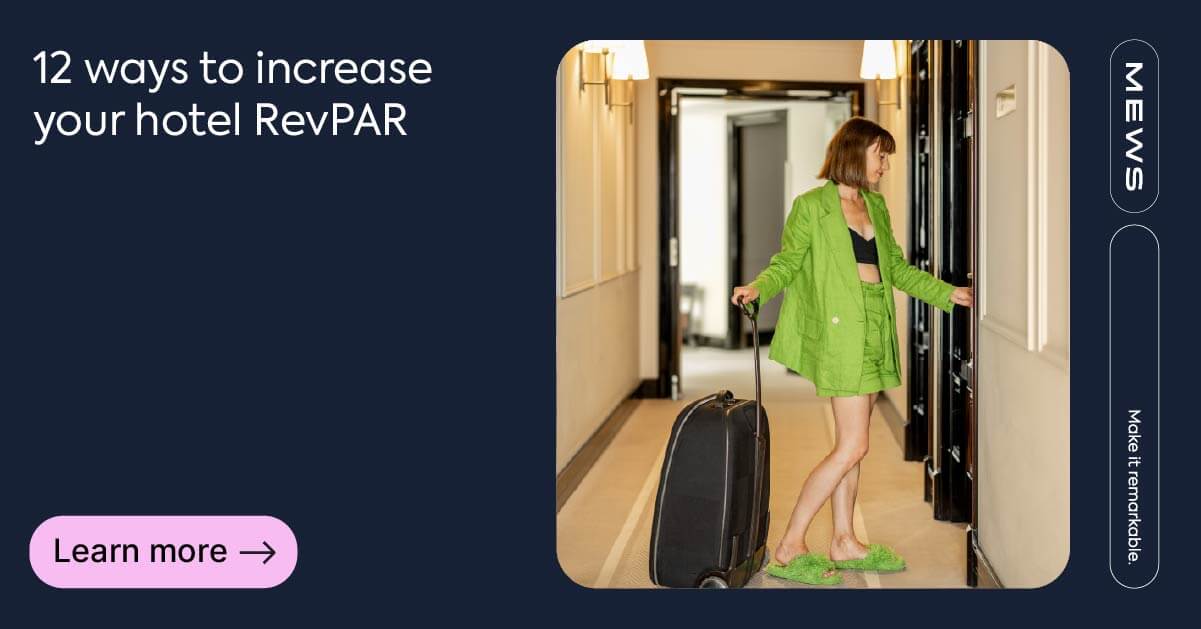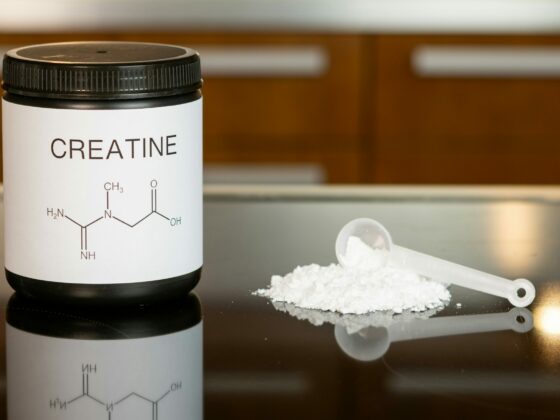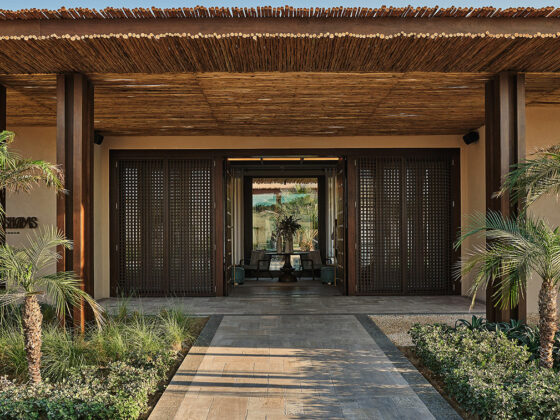How to increase RevPAR in hotels
There are plenty of ways to increase RevPAR, from traditional approaches like dynamic pricing, to more indirect tactics such as loyalty or digital marketing. Below, you’ll find a mix of strategies to help maximize your revenue per room.
Just a quick note: RevPAR only accounts for room revenue. If you’re looking to optimize your property’s overall earning potential – including things like food and beverage, upsells, and spa services – TRevPAR (Total Revenue per Available Room) will give you a broader picture. Or even better, you can measure and think about revenue with the most guest-centric RevPAG (Revenue per Available Guest).
1. Diversify your pricing strategies
Since RevPAR is driven in part by ADR (Average Daily Rate), reviewing and refining your pricing strategy is a smart place to start.
Dynamic pricing based on seasonality, day of the week, and booking patterns can help you yield more from every available room. Segment-based pricing also plays a role – -business travellers may pay more for flexibility, while leisure guests might respond better to promotions or package deals.
Benchmarking your prices against your comp set keeps you competitive and ensures you’re not undervaluing your offering.
2. Adjust to market conditions
Finding the right balance between ADR and occupancy is key. Regularly track your performance and respond to shifts in market demand.
If you’re selling out too easily, your rates are probably too low. On the flip side, if occupancy is weak, lowering rates slightly can help drive demand. The goal is to be proactive, not reactive – and that’s where automation can make a big difference (more on that below).
3. Set room rates based on length of stay
Length of stay pricing allows you to incentivize longer bookings with reduced nightly rates while maximizing occupancy during high-demand periods by adjusting minimum stay restrictions.
Not only does this increase RevPAR over time, it also helps with operational planning – longer stays typically mean fewer turnovers and more predictable staffing needs.

4. Invest in a Revenue Management System
Revenue management is all about selling the right room, to the right guest, at the right time – and for the right price. But making those decisions manually is time-consuming and often inaccurate.
That’s where a Revenue Management System (RMS) comes in. Tools like Atomize, a Mews company, use real-time data to analyze demand and automatically adjust pricing. That means you can react to market shifts instantly and drive RevPAR without needing to manually crunch the numbers.
Properties using an RMS like ours have seen RevPAR increases of up to 35%, making it one of the most impactful tools in your tech stack.
5. Encourage direct bookings
Direct bookings are key when it comes to RevPAR. This is because OTA commissions can eat into your profits – sometimes up to 20-30%. That’s a sizeable cut of your room revenue.
To encourage direct bookings (and hold onto more of your RevPAR), optimize your booking engine, run targeted campaigns, and offer incentives like flexible cancellations or member-only rates. Every direct booking is a boost to your bottom line.
6. Leverage digital marketing
Digital marketing helps you drive more demand, especially to your own channels. From SEO and PPC to social media and metasearch, these efforts increase visibility and give you more control over the booking journey.
The more guests who discover you via your own marketing, the less you need to rely on third-party platforms – and the better your RevPAR.
7. Manage your online reputation
A strong online reputation builds trust and drives bookings. Guests are more likely to book if they see consistent positive reviews and responsive management.
Monitor reviews across all major platforms and respond regularly. This not only boosts your rating – it shows potential guests that you care.
8. Promote loyalty
Returning guests tend to book direct, stay longer, and spend more. Loyalty doesn’t always require a complex points system either – sometimes it’s as simple as a personalized email, a thank-you discount, or early access to offers.
Building guest relationships pays off in the long run, especially when occupancy dips during low season.

9. Enhance the guest experience
The better the stay, the better the reviews – and the more likely guests are to return or refer others.
Focus on smooth operations, personalization, and the little extras that make people feel valued. Whether it’s remembering guest preferences or offering contactless check-in, thoughtful touches drive satisfaction and help grow RevPAR over time.
10. Boost operational efficiency
When your team runs like clockwork, rooms turn over faster and check-ins are seamless. That creates room for early check-in upsells, reduces downtime, and frees up staff to focus on guest experience.
Operational efficiency isn’t just about internal processes – it directly contributes to higher room revenue.
11. Optimize distribution
Not all distribution channels are created equal. Evaluate the cost vs. return of each one and prioritize those that bring the best guests at the best margin.
Balance OTAs with your own website, ensure your listings are up to date, and use rate parity smartly. If you’re using a channel manager (and you probably should be), it’s easier to control how and where your rooms are sold.
12. Use the right hotel tech
RevPAR growth today depends on speed, visibility, and control – and that’s where modern hospitality tech makes all the difference.
From a flexible PMS to a smart channel manager, an integrated RMS, and automated marketing integrations, these tools give you the data and agility to react quickly, price intelligently, manage distribution and nurture guests without manual work. The right tech stack doesn’t just support RevPAR – it powers it.
Conclusion
There’s no single way to increase RevPAR. It’s about combining smart pricing strategies with efficient operations, targeted marketing, and modern technology.
When you bring all these elements together – backed by real-time data and automation – you can make every room, rate, and reservation count.
Download our guide The Metrics that Matter







